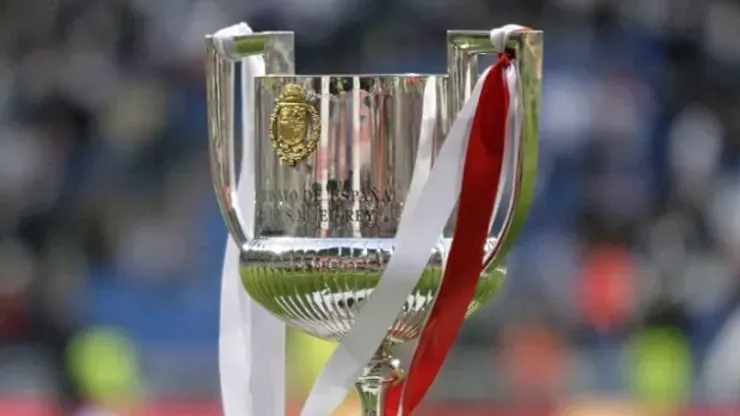The Copa del Rey has provided some intense moments in recent times, including Gareth Bale’s last gasp winner in the 2014 final, and Miranda’s header in extra time in the 2013 final. Despite the quality of the latter stages of the competition, a trend has repeated itself over and over again in the competition. The trend is of the strongest teams reaching the latter stages of the competition, with underdogs and second Spanish sides failing to cause upsets and reach far into the competition.
Admittedly, once every few years, upsets are seen. The last great upset was Manuel Pellegrini’s Real Madrid losing 4-1 over two legs to Alcorcon of the Segunda Division in the 2009-2010 season. A 4-0 loss away left Madrid’s hopes of reaching the round of 16 in tatters, and a 1-0 win at the Bernabeu could not mask a disappointing defeat in the competition. This victory stands out due to the rarity of upsets in the Copa del Rey. Although it may be argued that better sides remaining in the competition result in a better quality competition, the whole competition seems to be against the idea of helping underdogs provide excitement in the competition.
The format of the competition itself needs change. The current setup means that the teams currently playing in Europe (the top seven sides in La Liga) will face the worst teams in the competition (the teams from the Segunda B) in the first round. Due to this, very little excitement is earned until the round of 16, when almost only La Liga sides are left in the competition. Further limiting the idea of upsets is the two-legged nature of all ties until the final itself. While teams may pull off the occasional upset, to carry out a high level of performance, which often requires some luck, fails to come off across two matches. Often, the “big”teams may rest starters in the early rounds, yet if they suffer a defeat in the first leg of a tie, they can play their strongest team in the second leg. The result is a low number of dream cup runs, seeing an underdog go far into the competition, carrying the support of neutrals. Another advantage the La Liga teams carry is having the second leg at home. If mistakes are made in the away leg, the second leg gives a chance to correct mistakes. In other words, the format virtually guarantees progression for the La Liga sides.
While it may be said that top seven sides are likely to win against most other teams, the format results in the Segunda B sides fielding weakened teams. Due to the stiff competition in the league, wasting valuable fitness is not worth it for these teams. The end result is a competition not worth watching until the big sides play each other in the latter stages. The lack of any Segunda Division side in the quarter-finals of the 2013-2014 edition shows a problem. For example, in the round of 16 last season, Alcorcon defeated Espanyol 1-0 at home. In the second leg, however, they lost 4-2, resulting in elimination. Examples like these repeat consistently in the competition. A better idea may be to play one-legged fixtures until late into the competition. With no “safety”match, both top sides and Segunda Division sides may take the competition more seriously. The chances for the Segunda Division side to progress would significantly increase and there is honestly no need for two legs in early rounds of a cup competition. In recent years, the Champions League has become the true one-and-only cup competition viewers want to watch for quality. Yet, national cup competitions still provide excitement to viewers. While other cup competitions may have their own flaws, the Copa del Rey has many issues, which, if resolved, would certainly boost the excitement and interest of the competition. A more balanced competition would help the competition’s pedigree and make the competition better for true fans of the game.
200+ Channels With Sports & News
- Starting price: $33/mo. for fubo Latino Package
- Watch Premier League, Women’s World Cup, Euro 2024 & Gold Cup
The New Home of MLS
- Price: $14.99/mo. for MLS Season Pass
- Watch every MLS game including playoffs & Leagues Cup
Many Sports & ESPN Originals
- Price: $10.99/mo. (or get ESPN+, Hulu & Disney+ for $14.99/mo.)
- Features Bundesliga, LaLiga, Championship, & FA Cup
2,000+ soccer games per year
- Price: $5.99/mo
- Features Champions League, Serie A, Europa League & Brasileirāo
175 Premier League Games & PL TV
- Starting price: $5.99/mo. for Peacock Premium
- Watch 175 exclusive EPL games per season






